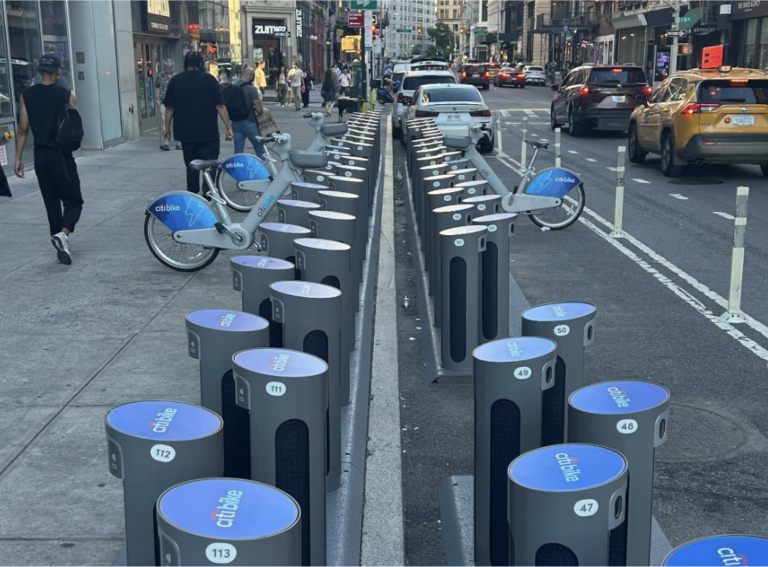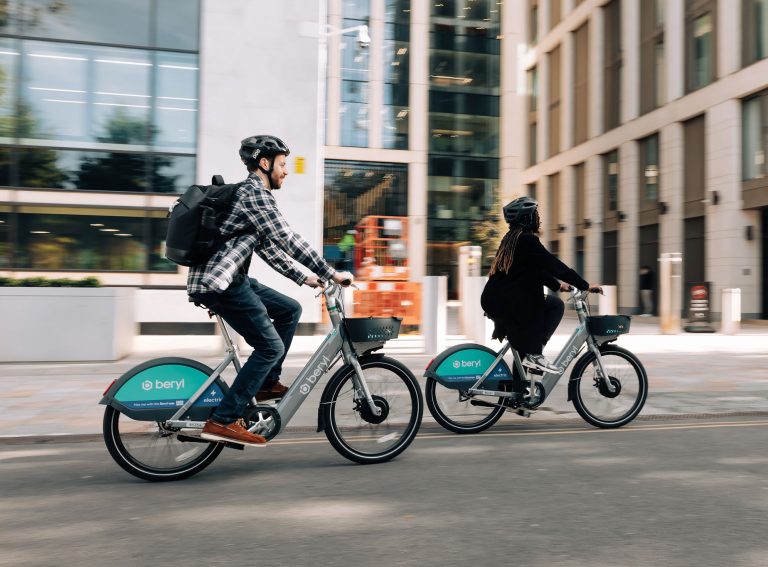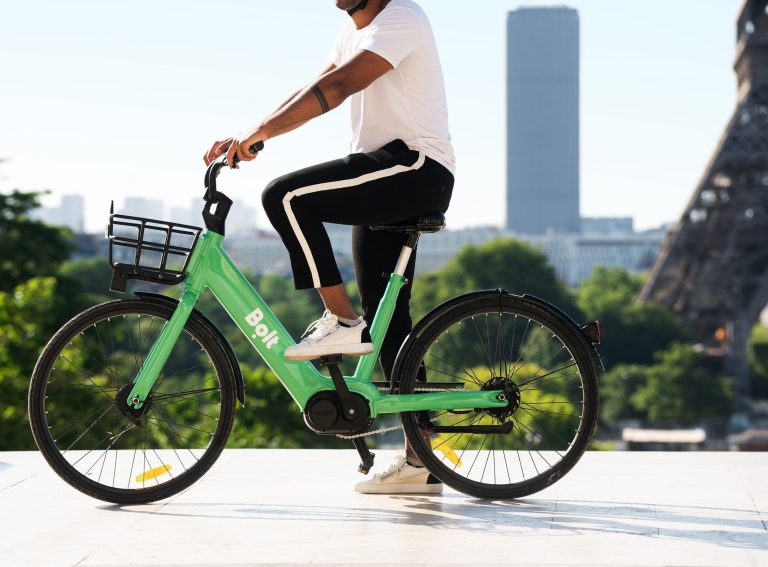As part of a new Insight Hub series, Zag Daily is inviting some of the world’s leading researchers to share their latest findings with us each month. We believe the insights from these data driven studies can help advance micromobility and transform travel in our cities for the better.
We start with views from Tom Bishop and Tom Courtright, the authors of a new report by the FIA Foundation.
Today, some 27 million registered motorcycles operate in Africa, a greater than five-fold increase since 2010.
They are used to meet the transport gaps in rapidly sprawling megacities and rural areas alike, driven by a desire for on-demand connectivity and supporting new economic opportunities.
But Governments, cities and societies are lagging behind in regulations, legislation and infrastructure. The result? A free market driven boom in rural, peri-urban and urban accessibility, accompanied by a catastrophic rise in road deaths and injuries, and deteriorating urban air quality.
Growing needs, changing speeds
Over the past two decades, the number of motorcycles and tuk-tuks in Sub-Saharan Africa has grown rapidly, made possible by the availability of low-cost motorcycles imported from China and India.
While there are broad variations from country to country, motorcycles are most popular in countries in West Africa and East Africa. As of 2020, Burkina Faso has the highest density, where there is now roughly one motorcycle for every ten people. In Nigeria, estimates vary widely, but a mid-range estimate of five million, is the same as the entire continent a decade before. The forces driving this rise – economic, social and more – are strong, and this growth is likely to continue or even accelerate in the coming years.
Limited employment opportunities for young men, heavy traffic jams, poor rural accessibility are all compounded by insufficient public transport and infrastructure for walking and cycling. Commuting urban residents have embraced motorcycle-taxis, which weave through the notorious gridlock of cities like Kampala and Kinshasa. Children are taken to school on them, two, three or more squeezed on at the same time. Delivery motorcycles are now used not only to move tin roofing to peri-urban settlements but also for restaurant deliveries for the small middle classes. Farmers use motorcycles to get their produce to market along bumpy village tracks. Health workers use them to access remote villages and transport pregnant women to hospital. Motorcycles have pervaded the fabric of Africa’s day-to-day life, and woven new threads through it.
The commercialisation of motorcycles has generated economic potential for millions across the continent, mostly for riders – typically young men who struggle to find other forms of employment, and who often become the breadwinners in their families. Alongside the riders, there is a significant ancillary network of workers including motorcycle owners, mechanics, sales, manufacturing and more, all dependent on the sector.
A health and environment crisis
Riding a motorcycle-taxi or delivery motorcycle comes with significant risks. Motorcyclists account for more than half of road deaths in several Sub-Saharan countries; in Togo, the figure is over 70%.
The risks, however, are not limited to just riders, as passengers and pedestrians who share the road with these vehicles are at risk.
Motorcycles are responsible for more than half of all child pedestrian injuries in Dar es Salaam, Tanzania. Many regions have seen world road traffic death rates fall, while in Africa they continue to rise, driven in part at least, by rising motorcycle-related deaths.
Beyond the immediate, visible impact of road injury, an increasing reliance on fossil fuel-powered vehicles has negative environmental, health and social impacts. Despite their small size, combustion engine-powered motorcycles release local air pollutants that clog lungs and contribute to a silent epidemic, as well as undermining national climate commitments to reduce carbon emissions. Ambient air pollution – which includes pollution from motorised vehicles – contributed to the deaths of over 350,000 people in Africa in 2019. There are also anti-social associations, from noise pollution to links to low-level crime – it doesn’t help that the sector is dominated by young men.
Building for the future
For sub-Saharan African countries to create mobility systems that work for everyone, policy needs to match the speed of change. It is possible to maximise the benefits of motorcycles while managing and minimising their negative impacts if they are built into wider improvements in transport policy that focus on safety, sustainability and equity.
There are clear and realistic opportunities to improve commercial motorcycle sectors through a range of processes, including regulation (matched with better enforcement), rider training, protective equipment, infrastructure and technology.
These measures are universal, but their application will need to vary by the on-the-ground situation. In those countries where motorcycles are already embedded in the economic and transportation systems, collaborative efforts should be made to strengthen policies. This will include efforts to improve safety, reduce pollution and other negative impacts within wider public transport and non-motorised networks, as well as exploring how to improve working conditions for riders. In those countries and cities where bans on motorcycle-taxis are currently imposed, reviews should be undertaken to ensure they are achieving targeted objectives and are not unnecessarily stifling opportunities, and to explore whether new technological developments provide opportunities to address road safety, personal security and air quality concerns. In those countries and cities where commercial motorcycles are not currently operating, governments should monitor the situation and prepare for their arrival.
Africa’s mobility future is, it seems, inexorably entwined with the motorcycle, but decision-makers have the chance to shape whether that is for better or worse.
Read the full report The Wheels of Change: Safe and Sustainable Motorcycles in Sub-Saharan Africa, funded by the FIA Foundation.











